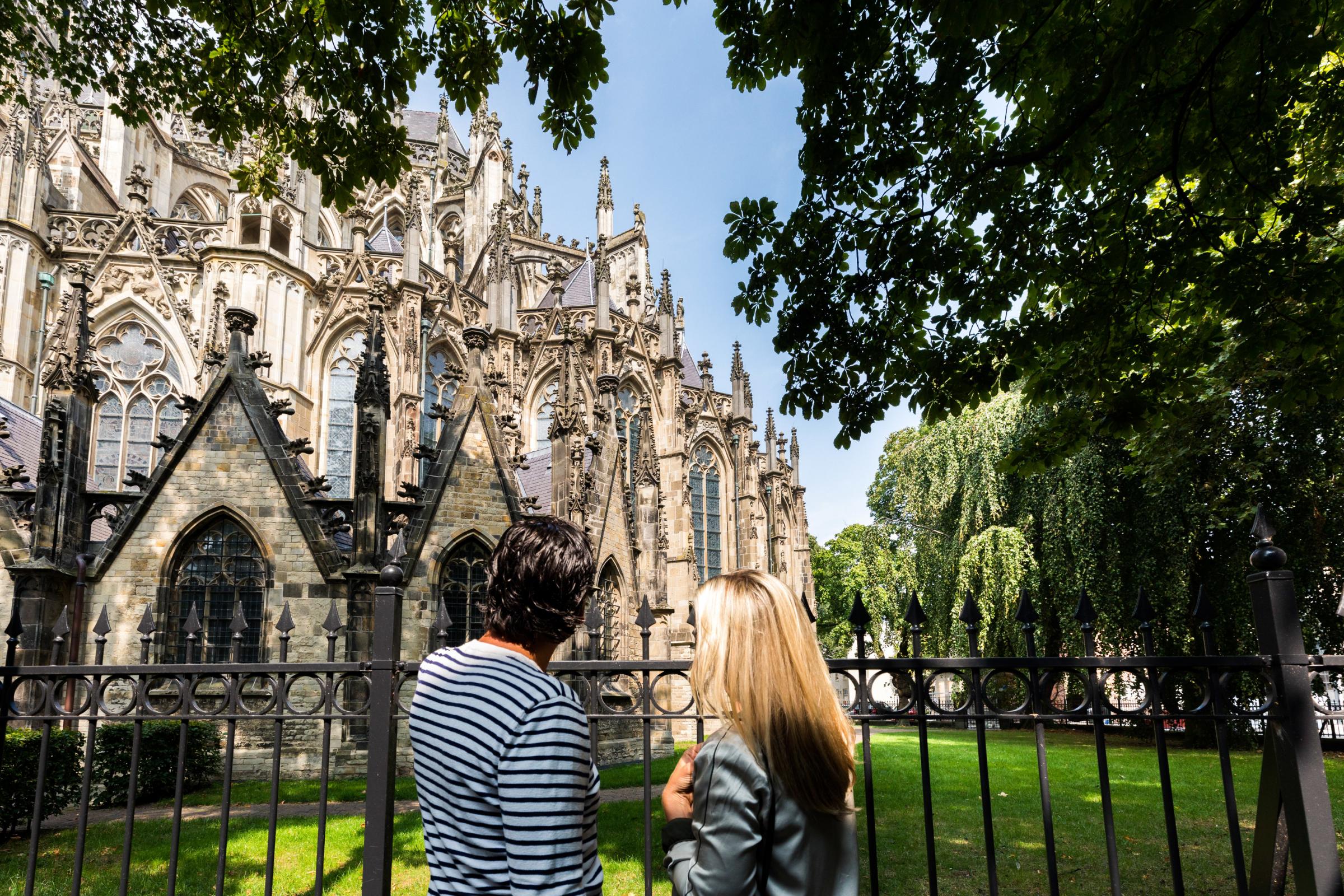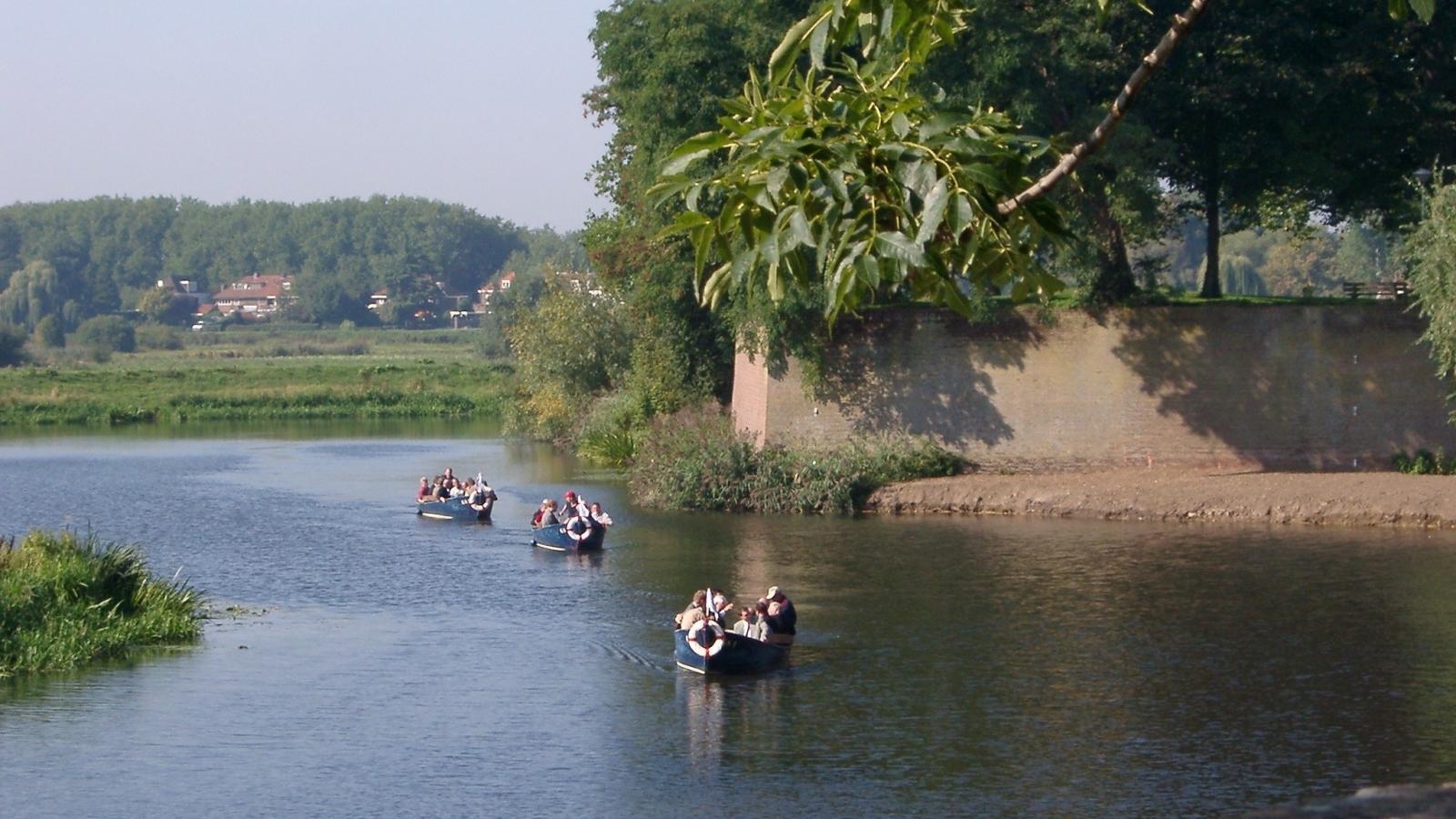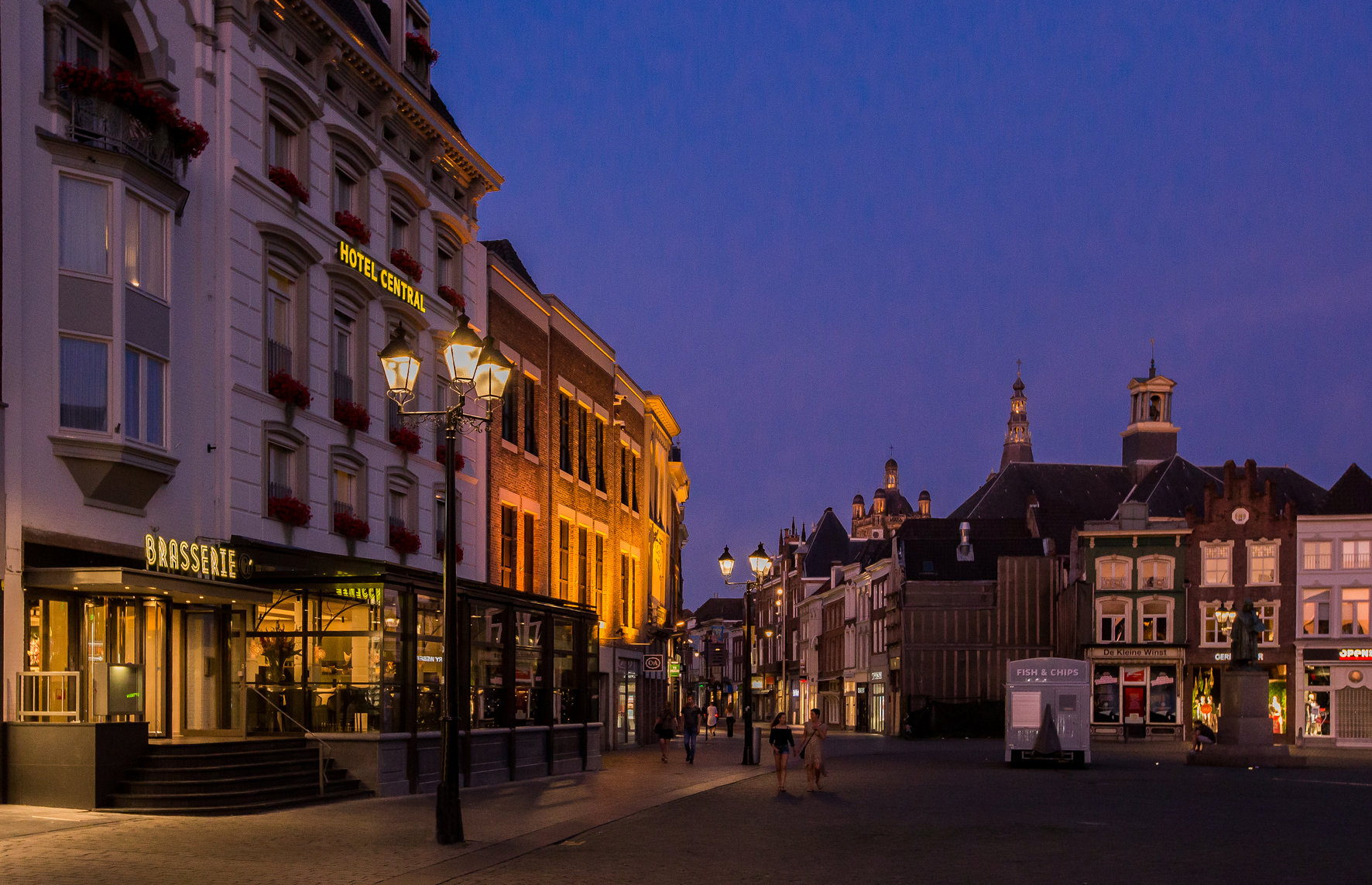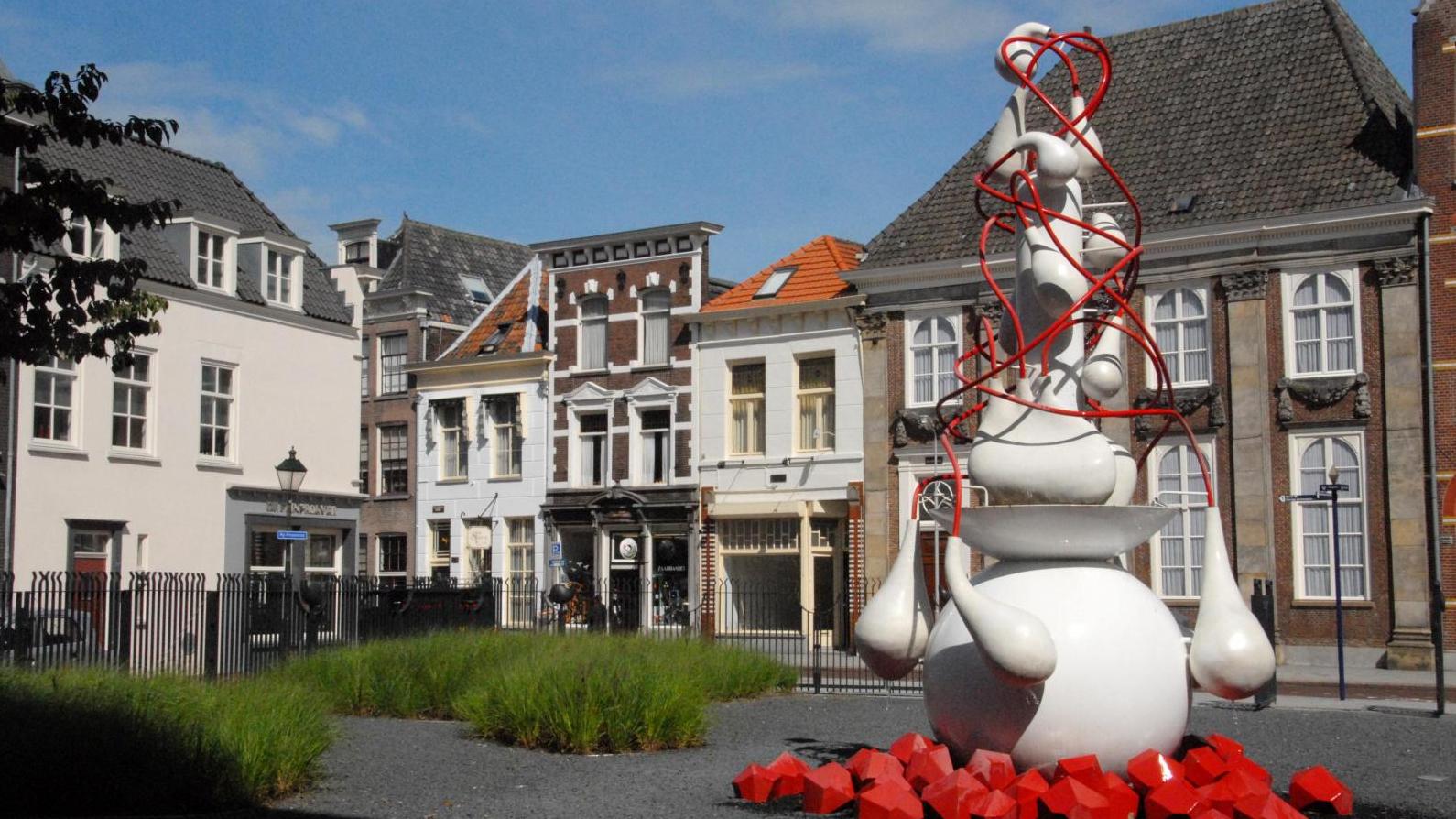At home in ’s-Hertogenbosch’s city centre
Do you want to experience Brabant at its best? Then Golden Tulip Hotel Central makes a perfect base. It puts you in the heart of the provincial capital. Beautifully situated on ’s-Hertogenbosch’s market square. It doesn’t get any more Central.
Delightful day out or a weekend away
Alongside loads of hospitality (the city has been awarded for being the ‘Most Hospitable City in the Netherlands’ multiple times) ’s-Hertogenbosch provides plenty of other reasons for a delightful day out or a weekend away. From historic buildings – the most famous being the peerless Saint John’s Cathedral – to great walks and shopping as well as 'De Tramkade', its latest cultural hotspot.
So much to do
You can cruise down the 'Binnendieze' urban river, but just as easily visit 'Design Museum Den Bosch' and the 'Noordbrabants Museum'. Or go to the movies at the 'Verkadefabriek'. Want to be active? There is loads to choose from: from a Jherominus Bosch tour to cooking workshops and from bicycle tours to pub quizzes.
So much to taste
Naturally you should sample the local delicacy, the one and only 'Bossche Bol' [a chocolate-covered profiterole] (from Jan de Groot). Want to taste more? Delectable restaurants abound, there are plenty of bars as well as the best row of patio bars in the Netherlands – even if they do say so themselves (the Korte Putstraat); this is the capital of bon vivant Brabant. Another tip: make sure to allow yourself to be wined and dined at Cé, our brasserie.
So easy to reach
Thanks to its central location, Hotel Central is truly easy to reach. Drive straight to multi-storey carpark 'De Tolbrug' (opposite the hotel) where hotel guests can park at a reduced rate in the cellar. Or drive to the transferium and take the free shuttle to the hotel. Arriving by train? It takes a mere seven minutes to walk to Hotel Central from ’s-Hertogenbosch’s central station.
Go for a stroll…
The nearest smoking area is a short walk away.
The Waterpoort building is part of the first ring of ’s-Hertogenbosch’s fortifications and borders on the Herman Moerkerkplein, named after the draftsman Herman Moerkerk. There is also
a group of bronze sculptures made by the married artists Jean and Marianne Bremers in 1992. The urinating, naked boy known as Dieske is sat on a column, thereby constituting
a fountain. Adjacent to the column stands a young man with
a lute and a young woman smelling a flower. The other side of the fountain features a jester. According to a 15-th century tale, a boy urinating into the Dieze river saw the enemy from
Gelderland approaching and managed to raise the alarm.
- Musea
- Train
- Highlights
-
Restaurants
- '
- Brasserie Cé
- Tantje Pietje
- Roels
- Breton
- t Pantoffeltje
- 7evenden Hemel
- Zoetelief
- Bistro Borage
- Bosch Kwartiertje
- Stadsherberg 't Pumpke
- Auberge De Veste
- Eetcafé De Stip
- Eetbar DIT
- The SHOEGE
- Lunch- & Dinercafe Van Puffelen
- Brasserie Bolwerk
- Picasso
- Le Méridien
- Ristorante Onesto
- Restaurant Lux
- Lokaal 1650
- Brasserie Top
- Café Hart Van Brabant
- Japans Restaurant Shiro
- Bar 35
- Crème Den Bosch
- Jack's Foodbar
- Noble
- Nom Nom
- Brasserie Bob & Co
- Het Warenhuis- Stadsbrasserie
- Jeronimus Eet & Borrel Café
- Raadskelder
- 't Opkikkertje
- Ribsfactory Den Bosch
- Grand Café Silva Ducis
- CinQ
- Bistro Bon
- Bistro 't Keershuys
- La Bateau
- Stadsbistro Christoffel
- De Graven van Leuven
- Gastrobar 6
- Restaurant Fabuleux
- Restaurant Citrus
- Le VIN'x
- Sense Restaurant Den Bosch
- Mariapaviljoen
- Nul73
- Al Mundo
- Restaurant Aarde B.V.
- Pilkington's
- Shopping
- Parking
- Design
- Music
- Theater






